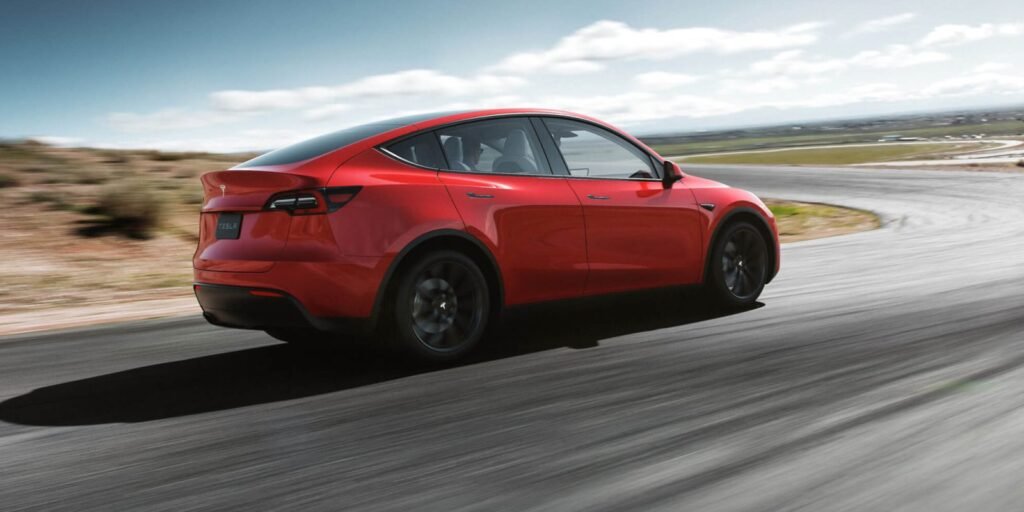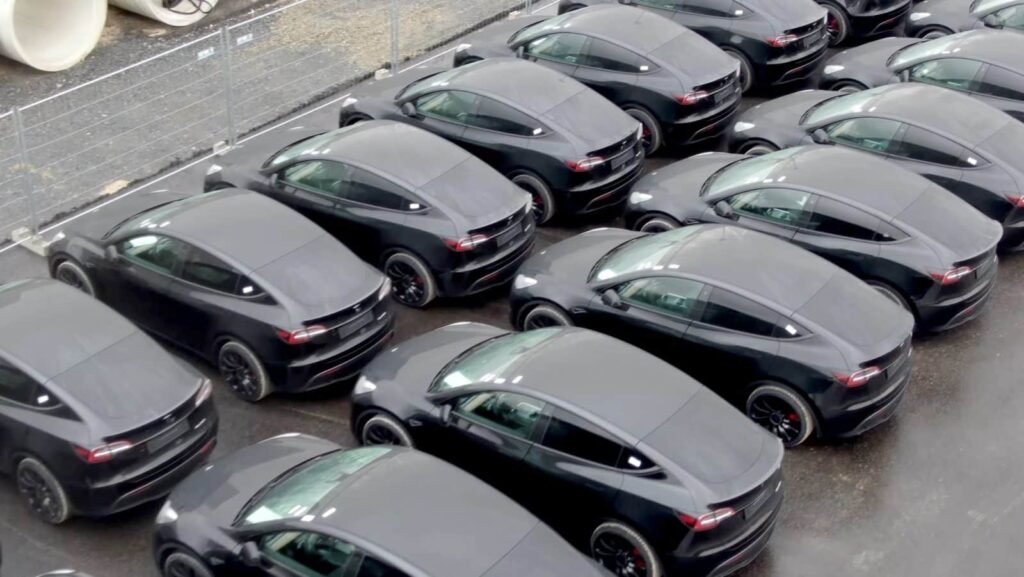03 July 2025

Europe’s used-car market is under pressure from numerous shifting dynamics. What will the situation be by the end of this year? A panel of Autovista Group experts outline what to expect with Autovista24 editor Tom Geggus in a new webinar.
So far, 2025 has been defined by uncertainty amid geopolitical tensions, economic instability and trade troubles. This has put Europe’s used-car market under increasing pressure.
How have these adverse factors influenced outlooks? Are residual values (RVs) still expected to decline towards the end of 2025? How is this impacting market dynamics and powertrains? What does this mean for new brands entering Europe? These questions were at the forefront of Autovista Group’s latest webinar.
On the panel was Ana Azofra, regional head of valuations for Southwest Europe and Poland. She was joined by Dr Anne Lange, director of research and innovation. Completing the panel was Robert Madas, regional head of valuations for Germany, Austria, and Switzerland, as well as Central and Eastern Europe.
Economic pressure
Amid political and trade tensions, economic uncertainty has been rife so far this year. This has been reflected in the Organisation for Economic Co-operation and Development’s (OECD’s) latest economic outlook.
In June, the organisation’s expectations for worldwide GDP growth in 2025 fell to 2.9%, down from 3.3% expected in January. Outlooks also fell across the Euro area and the US, down to 1% and 1.6% respectively. Only China’s GDP outlook remained steady at 4.7%.
However, inflation rates in the EU have fallen, down to 2.2% in May. While this appears promising, the Consumer Price Index (CPI) hit an all-time high in April, with a similar result in May.
So, the same items have become more expensive, negatively impacting spending power. This harms buyers’ ability to make an automotive purchase, which is a larger financial decision. Businesses are also hesitant to invest because of this precarious position.
‘The trade conflicts massively impact the automotive industry,’ Lange explained. ‘There are investment decisions to be made by businesses, whether to, for example, ensure production plans. Supply chains are disrupted as well by geopolitical tensions.’
Meanwhile, manufacturers are still looking to meet emissions targets, even with the softening of regulations. Meanwhile, electric vehicles (EVs) are still undergoing rapid technological advancement. This requires enormous amounts of investment, putting profit margins under pressure.
Understanding market dynamics
So, how have RVs of three-year-old cars at 60,000km been performing in this uncertain landscape? ‘We can observe generally some market normalisation and stabilisation,’ highlighted Madas. ‘What is remarkable from our point of view is some positive developments.’
France, Germany and Austria have stood out, with RVs presented as a percentage of new-car list price becoming more stable. This followed declines at the end of 2024 and the beginning of 2025. Elsewhere, Spain and Switzerland have seen continued negative corrections. This has primarily been the result of list price increases.
‘We must not forget that RVs were greatly inflated in the years 2021 and 2022 in the wake of the supply crisis. So, what we have been observing the last two years has been more of a market normalisation.’ Overall, values remain relatively high compared to before COVID-19.
A wide range of RV results are expected across Europe by the end of this year. Drops above 3% are forecast in Italy, Belgium, Poland, Switzerland, Norway and Hungary. Portugal. France, Romania, Germany, Slovenia and Croatia can expect declines of between 2% and 3%.
Lower RV impacts are forecast in Spain, Finland and the Netherlands, with drops between 2% and 1%. Lastly, Austria and Sweden can expect to see smaller drops of under 1%.
‘The positive takeaway is that the most significant adjustments are anticipated over the coming months in the second half of 2025. Minor corrections are projected for 2026 and 2027, with some markets even returning to positivity,’ Azofra said.
Pressure on powertrains and brands
In 2024, battery-electric vehicles (BEVs) experienced negative trends across all used-car markets under observation. While the outlook for BEVs has improved slightly this year, the powertrain remains under pressure.
There will be an increasing supply of used models registered in 2021 and 2022. OEMs are also under pressure to hit new-car CO2 targets, which increases the likelihood of discounting. In turn, this can impact RVs negatively.
Meanwhile, full hybrids (HEVs) have enjoyed ongoing success on the new and used-car markets. In Spain and France, the powertrain’s value retention exceeds that of petrol, diesel, plug-in hybrids (PHEVs) and BEVs.
However, the powertrain could be at a turning point, with used-car price adjustments anticipated across many markets. New HEV registrations have soared over the past five years, driving up the supply to the used market. Alongside this, new brands are offering increasingly competitive HEVs in Europe.
The RV performance of these brands is dependent on market strategy and used-car demand. Chinese models are often traded at lower price points, although they are often capable of similar performances. A brand’s origin is no longer a key driver of used-car market performance.
Enjoyed Residual value pressure, shifts in market dynamics, and EV momentum? Then sign up for Autovista Group’s next webinar: Cracking the code: Chinese EV brands in Europe. It will take place on 17 September 2025 at 09:30 BST / 10:30 CET. Register for your free place now.







